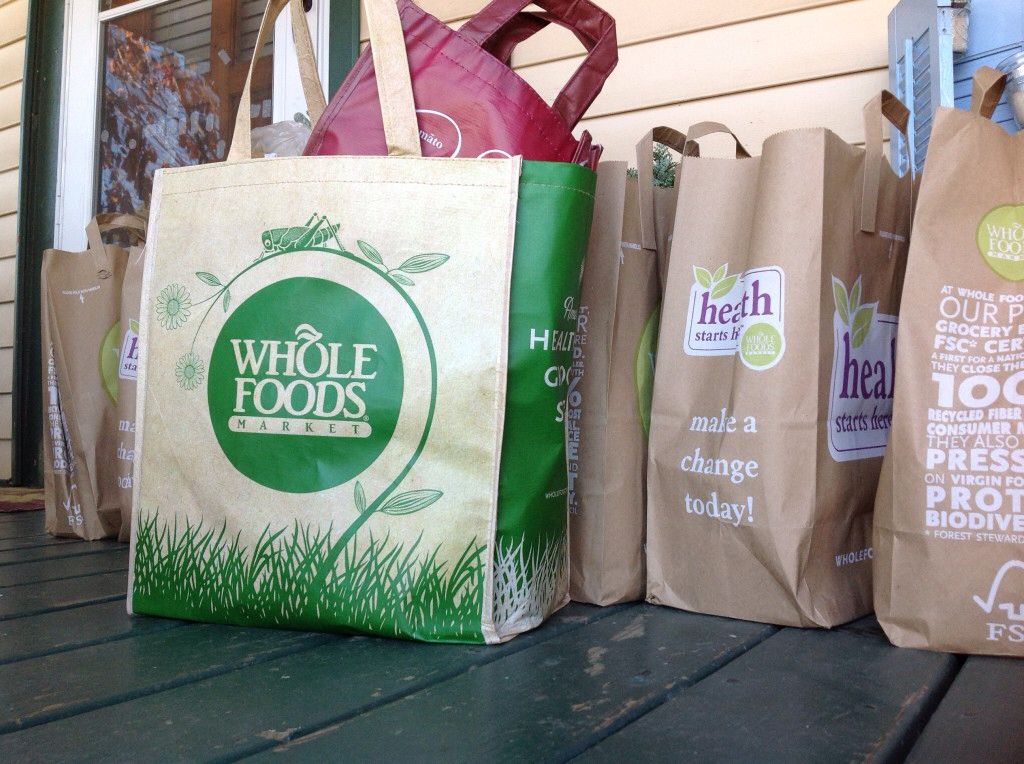Understanding Whole Foods’ Pricing Structure
Whole Foods Market, often referred to as the “health food giant,” is renowned for its high-quality, organic, and natural products. However, this reputation for quality often comes with a higher price tag. To navigate the pricing at Whole Foods effectively, it’s crucial to understand how their pricing structure works. The store offers a wide range of products, from fresh produce and bulk items to specialty and prepared foods. Knowing where to find the best deals and understanding the pricing tiers can help you save significantly.
For instance, Whole Foods offers a variety of in-house brands like 365 by Whole Foods Market, which provides high-quality products at a lower price compared to other brands. Shopping these in-house brands can be a great way to reduce your grocery bill. Additionally, understanding the store layout and the locations of discounted items can help you shop more strategically.
Utilizing Amazon Prime Membership Benefits
One of the most effective ways to save money at Whole Foods is by leveraging an Amazon Prime membership. Amazon acquired Whole Foods in 2017, and since then, Prime members have enjoyed exclusive discounts and benefits. Prime members receive an additional 10% off sale items, which can add up to substantial savings over time. Furthermore, Whole Foods often has special promotions and discounts exclusively for Prime members, such as weekly deals on popular products.
To take advantage of these benefits, make sure to download the Whole Foods app and link it to your Amazon Prime account. This will allow you to access member-only deals and get the most out of your membership. Keep an eye out for blue tags throughout the store, which indicate additional savings for Prime members.
Shopping the Sales and Using Coupons
Whole Foods offers regular sales and promotions that can help you save money on your grocery bill. Each week, the store features different items on sale, ranging from fresh produce and meats to packaged goods and household items. Checking the Whole Foods website or app before you shop can help you plan your trip around these sales and make the most of the available discounts.
In addition to weekly sales, Whole Foods also accepts coupons, which can further reduce your expenses. You can find coupons in the Whole Foods app, on their website, or through third-party coupon websites. Combining sales with coupons can lead to significant savings. Additionally, Whole Foods has a generous price matching policy, so if you find a lower price on a product at a nearby competitor, don’t hesitate to ask for a price match.
Buying in Bulk and Taking Advantage of Discounts
Another effective strategy for saving money at Whole Foods is to buy in bulk. Whole Foods has an extensive bulk section where you can find a variety of items such as grains, nuts, seeds, and spices. Buying in bulk not only reduces packaging waste but can also be much cheaper per unit compared to pre-packaged items. You can purchase only the amount you need, which helps prevent food waste and saves money in the long run.
Moreover, Whole Foods offers a discount for customers who bring their own reusable containers for bulk items. This not only supports sustainable shopping practices but also adds up to savings over time. Additionally, consider purchasing items like whole chickens or large cuts of meat and portioning them out yourself. This can be more cost-effective than buying pre-portioned or pre-packaged meat products.
Making Smart Choices with Prepared Foods
Whole Foods is famous for its prepared foods section, which offers a variety of ready-to-eat meals and snacks. While these can be convenient, they often come with a higher price.how to save money at whole foods

